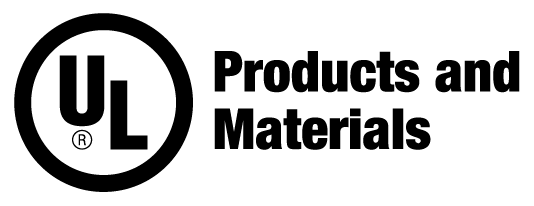How Is Bulletproof Glass Made?
Laminated Glass vs. Tempered Glass
Laminated and tempered glass provides excellent protection against intrusions, forced entry, and general breakage. They are types of safety glass, which manufacturers specially toughen or treat so the glass is less likely to break or to splinter into dangerous shards when cracking does occur. While the two types of glass have different attributes, such as bullet resistance in laminated glass, they both have applications in doors, windows, and other barrier formats to protect the interior of a car or a commercial or residential building. It is important to know the differences between laminated glass and tempered glass for choosing the right safety glass for your needs.
Laminated Glass
Manufacturers create laminated safety glass by bonding layers of glass on either side of a layer of polyvinyl butyral (PVB) or another strong resin. For example, laminated glass with a 0.250-inch thickness is actually two 0.125-inch layers of glass on either side of a thin plastic layer. The resin lamination binds with the glass through the application of pressure and heat, and this gives the glass extra reinforcement against physical force or even bullets.
Advantages of Laminated Glass
Some of the key benefits of choosing laminated glass include:
- Bullet resistance. Manufacturers can engineer laminated glass to be bullet-resistant. Due to the composition of this glass and its layered construction, it won’t shatter when a bullet hits it, nor will the glass fall out of its frame.
- Shatter resistance. Since the glass bonds to a layer of resin, it stays in place, even when broken. There’s minimal risk of shards or sharp edges.
- Versatility. With modifications, the glass can have different characteristics based on the types of resin manufacturers use and the number of glass and resin layers.
- Additional protective characteristics. Laminated glass also reduces sound and can prevent UV light from reaching the interior of a vehicle or building.
Disadvantages of Laminated Glass
While laminated glass offers excellent protection, it can take more time to produce and is generally more expensive than tempered glass.
Tempered Glass
Tempered glass, on the other hand, is standard glass that manufacturers have toughened through heat, pressure, and chemical processes. This makes the glass stronger and better able to resist internal stress. Manufacturers will shape the glass and make any cuts or notches to it all prior to inserting it into a tempering oven as, once this step happens, the glass component will be unalterable.
Advantages of Tempered Glass
Some of the key benefits of tempered glass include:
- Strength. The tempering process makes the glass stronger and less likely to break than laminated.
- Cost-effectiveness. Tempered glass is more affordable to produce than laminated, making it an excellent fit for many general constructions
Disadvantages of Tempered Glass
There are some drawbacks of tempered glass compared to laminated glass. After the tempering process is complete, manufacturers cannot alter the glass or it would lead to product damage. Also, while tempered glass is quite strong, when breaking does occur, the glass will shatter and fall apart rather than stay in one general piece.
Should You Choose Laminated or Tempered Glass?
Both laminated glass and tempered glass create safer cars and buildings because of their added strength and resilience. However, when deciding on tempered versus laminated glass, the two offer different strengths and varying costs for different circumstances. For example, tempered glass provides interior safety so occupants or drivers don’t have to worry about glass-related damage or injuries. However, laminated glass offers the best protection against forced entry or bullets.
Some of the considerations to keep in mind as you’re choosing the right fit for your project include:
- Breakage. Tempered glass will shatter and fall to the ground if hit with enough force. Laminated glass can break, but it will stay as a single sheet between the laminated layers.
- Strength. Tempered glass is stronger than laminated glass.
- Production. While manufacturers can shape and modify laminated glass after production, tempered glass is a final product once the tempering process is complete.
- Additional benefits. Laminated glass has additional advantageous characteristics, like blocking UV light and muffling sound.
Bulletproof Glass & Products From Bullet Guard
At Bullet Guard Corporation, we specialize in creating innovative, reliable bulletproof and bullet-resistant windows, doors, panels, and barriers. Our customized safety glass construction will meet your security needs in applications from banks and courtrooms to pharmacies and ticket counters. We offer complete design, fabrication, and installation services, and our expert team is here to assist you throughout the process.
Contact us today to learn more about our products and services, or request a quote to start your order.



